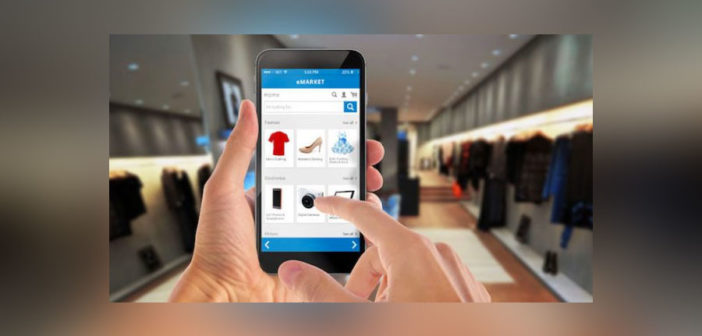Katja Forbes looks at failing Australian retailers, and demonstrates why legacy brands which embrace online and social trends have no reason to fear a similar fate.
Australia’s retail industry has just taken another direct hit, with another two fashion retailers, Herringbone and Rhodes and Beckett calling in voluntary administrators. This news came literally two weeks after another two respected Australian fashion labels, David Lawrence and Marcs, also collapsed into voluntary administration.
According to administrators from Cor Cordis who are representing Herringbone Pty Ltd and Rhodes and Beckett Pty Ltd, “high overheads, some unfavourable store leases, and other residual legacy issues” are the key factors that lead to their appointment.
No doubt the Australian retail sector is very concerned right now, given last year’s unexpected closure of multiple high profile franchises and chains across various industries, including children’s wear store Pumpkin Patch and hardware chain, Masters, among others.
If the pressures mentioned by Cor Cordis are indeed contributing factors to the demise of the other brands too, then it’s obvious that Australia’s retail sector may be losing the battle to survive because of online shopping.
Before the digital era, companies controlled the commercial landscape, rather than customers. Customers simply purchased what was available at the time, and typically had little say about their own specific preferences or actual needs. With little overall competition for similar products, companies had a good deal of time for preparation, development and quality control, before the gradual launch to market.
Obviously, social media was not available for consumers to share genuine opinions, ideas and feedback with one another, so everyone just had to take the business’ advertising word on what they were buying.
The scenario businesses face today is very different to the one described above. We all now operate in a truly connected, real-time, digital world, where business is expected to be more accessible and responsive to consumers.
Trends and changes in the market occur very abruptly, almost entirely driven by customer demand. Companies are constantly racing their competitors to be the first to act on demand and to trend, creating new products and changing direction as many times as necessary.
So, where does this leave traditional ‘bricks and mortar’ stores, and how they can compete against the more interactive and instantaneous environment of online shopping? The benefits of online shopping are apparent. The business can more quickly adapt their product range according to demand, as many operate on drop ship arrangements and typically have fewer lines of stock in storage to sell or return.
Secondly, online stores tend to offer customers a useful library of information about each product listed for sale.
Customers can view specific product details: where it was made, customer testimonials, popularity ratings, comparisons to other similar products and more. However, a retail store will be far less likely to offer such expansive breadth of information about each product to consumers, resulting in a less informative and educational shopping experience.
For those stores that remain, an ongoing battle this year and beyond will be to convincingly compete with online stores and therefore forge a different future than that of David Lawrence, Masters and Pumpkin Patch. Senior management of retail stores need to ask themselves what they can offer that cannot be achieved during the online shopping experience.
The first obvious answer is that the in-person experience has the potential to be vastly more rewarding than the online experience. In what ways can your retail staff make the shopping experience more meaningful and personal when they have the customer face to face, in your store?
Depending on what it is you sell, it may be appropriate to offer refreshments, more practical displays of your products in action, and even a real-life comparison between two different brands or models to demonstrate the difference.
Integrate social media interactions with the ‘trying on’ experience to encourage social shopping. Augmented reality could provide a shopping experience like no other – think Pokémon Go, with the hologram image instead appearing as a handbag the customer is interested in purchasing, or an outfit. They can take a selfie and send to their social media accounts for the opinion of their networks.
Additional product information and comparisons provided in online stores could certainly be introduced into a ‘traditional’ store, such as on mounted iPads displayed at various tactical locations in the store.
As long as traditional retail stores focus on offering that more ‘social’ and human aspect to shopping, it’s unlikely that online shopping will take over completely.
My advice is for the retail industry to identify and understand their unique points of difference when it comes to the customer experience and then capitalise on these. And remember – just because you are a physical store, it doesn’t mean you can’t also take part in the same playground as online stores.
Take advantage of their clientele too, by starting an online store and social media presence, and reap the benefits of the digital era.
This article first appeared in www.marketingmag.com.au
Seeking to build and grow your brand using the force of consumer insight, strategic foresight, creative disruption and technology prowess? Talk to us at +9714 3867728 or mail: info@groupisd.com or visit www.groupisd.com




